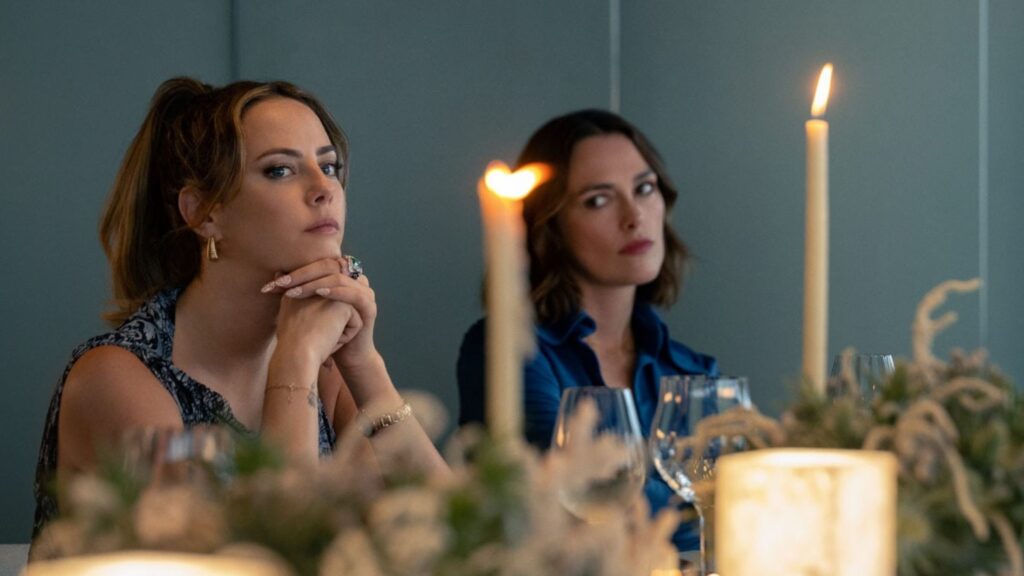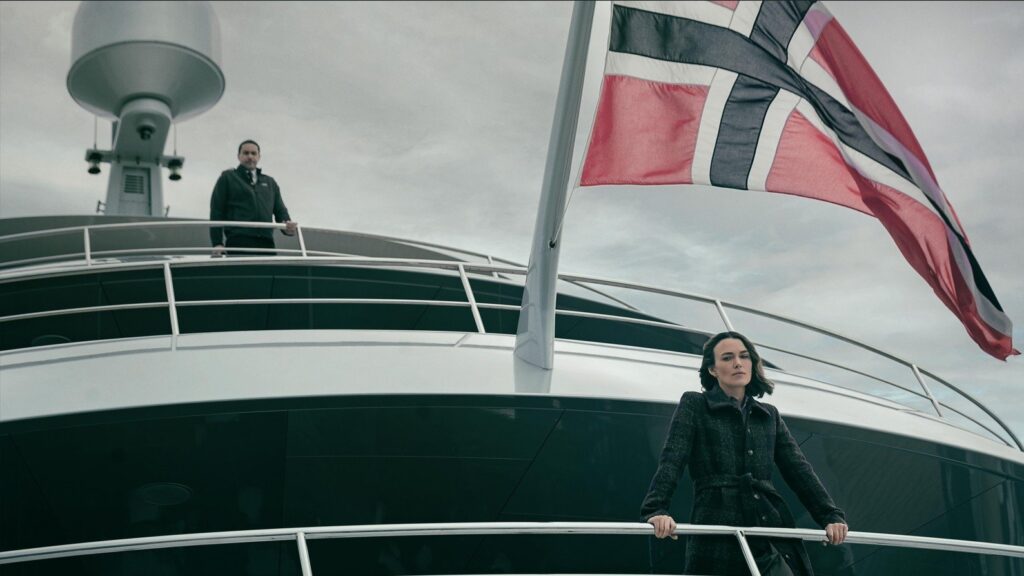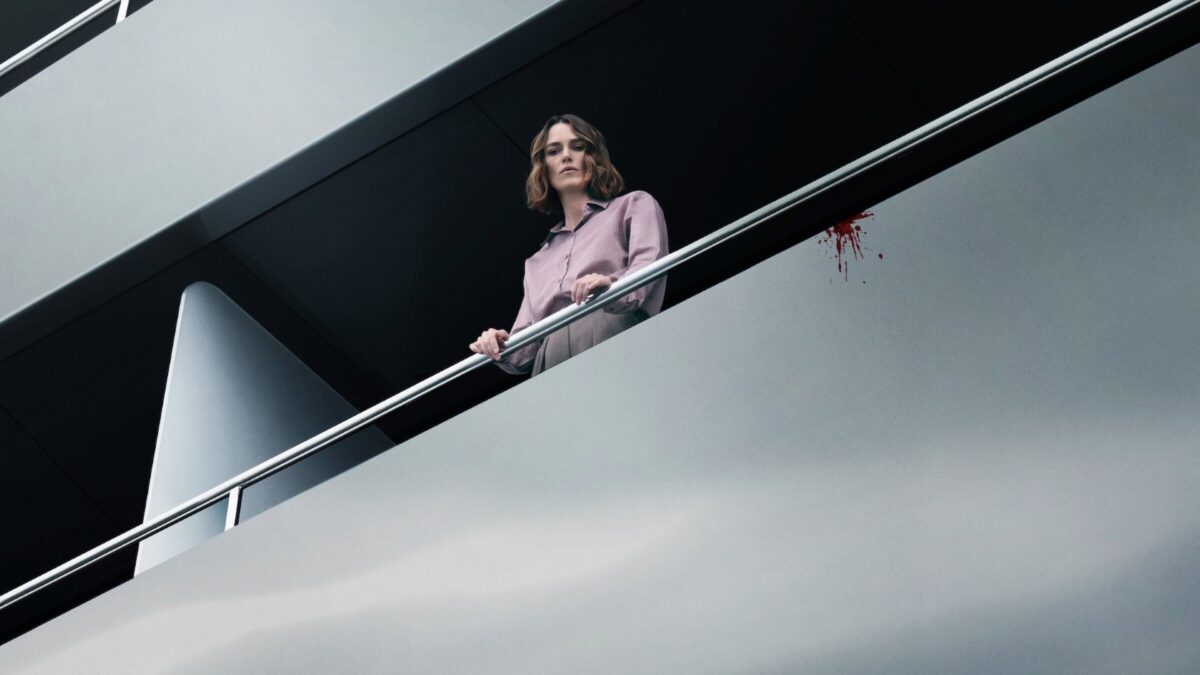Cabin fever
I haven’t read any of Ruth Ware’s books, but my wife has, and she says they are all begging for adaptation. The Woman in Cabin 10, Ware’s most popular, is essentially a bunch of movie tropes from the 40s and 50s mashed up and modernized. It fits squarely in the post-Gone Girl flavor of psychological thriller: wronged women as protagonists, twisty revelations involving unreliable or untrusted narrators, weaponization of female competence as a driving narrative force, etc. I tend to think this kind of story is difficult to screw up with even a baseline effort: the plots are suspenseful and surprising and pulpy, the main characters naturally plucky and sympathetic (even when they end up having sinister motivations), and the endings full of stirring comeuppance. These books, shows, and movies have the stomach-turning dark societal underbelly that makes Murderino true crime fascinating, but don’t have the moral baggage and anticlimactic endings the “true” moniker of “true crime” usually confers.
Sure enough, the movie version of The Woman in Cabin 10 features lots of chewy psychological and mystery tension. The story is half Gaslight, half The Lady Vanishes. Finish the concoction by sprinkling some Rear Window on top, though I suspect the book embraced that film’s flavor of ambiguous truth more than the movie, which leaves little doubt the actual crime occurred. The film successfully sustains intrigue throughout its reasonable 95-minute runtime, so I can’t pan it too hard, and yet it has plenty of issues that hold it back.

The story follows Lo Blacklock (Keira Knightley), a burnt-out investigative journalist looking for an easy job as a vacation following an especially tragic and taxing investigation. Lo boards a billionaire’s boutique yacht to cover his cancer-stricken wife’s charity work. After a boozy first night onboard, she witnesses something terrible in the next cabin (guess which number): a scream, a splash, a blood smear. But the passenger manifest says that cabin is empty, and everyone from the billionaire to her photographer ex-boyfriend to the ship’s security chief politely (and then not-so-politely) insists she imagined it. Soon, she’s following little whiffs of clues down narrowing corridors while the ship’s champagne-and-canapé veneer curdles into increasingly poisonous and Orwellian behavior.
It’s a viable story, but the trouble is you can practically see the pages being ripped out, torn up, and taped back together. The script is a proper hatchet job of an adaptation: character arcs are shaved to nubs and detective work is so shortcut it reads as divination. Director Simon Stone, also one of the three adapting writers, grafts on an action climax for the closing 15 minutes that is just utter nonsense. The robust ensemble of red-herring suspects mostly gets literally a sentence or two of characterization per suspect; surely they had more to do in the novel. The exposition is awkwardly paced, including a revelation dump about an hour in where three twists emerge at once. Many of the story points wilt under even casual scrutiny (e.g., if someone’s planning a murder, why do it when an investigative journalist is hanging around with nothing to do?). I imagine these issues are less of a problem when you’re breezing through hundreds of pages on vacation, with more space to explain away oddities, but more of a problem in a mystery film aiming for tight Hitchcocky snap.

What keeps the film afloat for me is the mood. Stone fills the story with icy Scandinavian skies and brooding drone shots of choppy waters, setting a gloomy and dangerous tone. And the production design is quite good, though it’s poorly used. We’re stuck on a yacht with a great upstairs-downstairs contrast: twisty, steely corridors sitting below spacious, toxic, mahogany luxury: glass balustrades, chrome fixtures, and antiseptic whites that practically dare you to leave a bloody handprint. You can imagine a much tenser use of the contrast between the overexposed, yawning upstairs versus the pressurized, chilly caverns beneath, with implicit class tension therein. Instead, the camera and story bounce around, and we dart through settings and scenes incoherently, seldom mapping the space or letting us feel the ship’s geography squeeze. The fascinating yacht stage becomes a backdrop rather than a pressure cooker.
So yes, The Woman in Cabin 10 diverts well enough, especially as far as Netflix originals go, and the atmosphere occasionally clicks into place. But The Woman in Cabin 10’s messy screenplay keeps tripping over itself, undercutting the film’s strengths, the whole effort a few degrees off course from properly suspenseful. It’s not the worst of the post-Gone Girl thrillers (see: The Woman in the Window). But The Woman in Cabin 10 is still a minor disappointment.
Is It Good?
Nearly Good (4/8)
Dan is the founder and head critic of The Goods. Follow Dan on Letterboxd. Join the Discord for updates and discussion.

